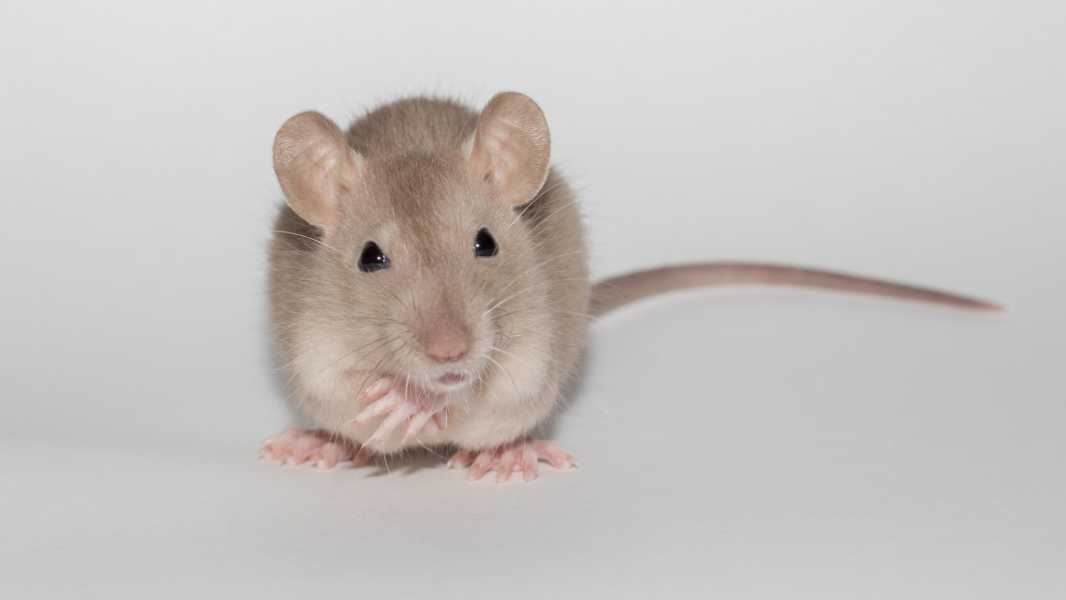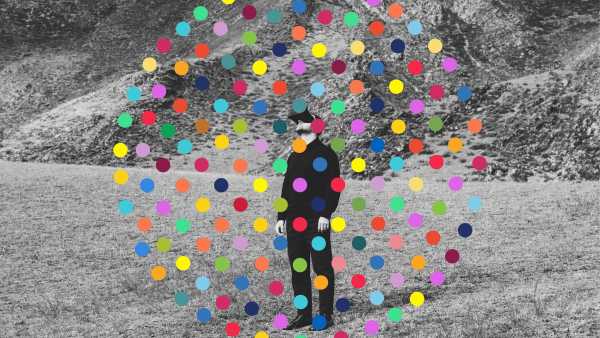
Scientists have discovered how to create the 'rubber hand illusion' using lab mice. (Image credit: Andrew Belik/500px via Getty Images)
People with prosthetics can feel like their artificial limbs are part of their bodies – and in a new study, scientists have shown that lab mice can also experience a similar type of “embodiment.” The researchers say the work could help create better prosthetics for humans in the future.
“These studies give us tools for… neural engineering in mice [and we can] open up new possibilities for controlling prosthetics,” said senior author Luc Estebanez, a scientist studying sensorimotor integration and plasticity at the University of Paris-Saclay.
We all have an internal map of our body that helps us keep track of how it moves, what it touches, and how it interacts with its environment. Ideally, when someone loses a limb and receives a prosthetic, they integrate it into this mental map, perceiving it as part of their body. This sense of ownership and control is achieved through a process known as “embodying the prosthesis.”
You may like
- Scientists have figured out how to use your body to process data in wearable devices
- Largest ever brain 'connectome' created using mouse that watched 'The Matrix' and 'Star Wars'
- Mice Provide 'First Aid' to Friends – Even Try to Bring the Dead Back to Life
However, many prosthetic users experience difficulties in embodiment. Moreover, there are some mental disorders – such as schizophrenia and major depression – in which people’s internal maps become blurred and they lose awareness of their bodies, which can contribute to body neglect and an increased risk of serious accidents.
In a new study published Thursday (June 5) in the journal PLOS Biology, scientists at the University of Paris-Saclay have developed a new model for studying limb embodiment using lab mice. The model could allow researchers to delve deeper into the neuroscience behind embodiment, and perhaps even create better prosthetics for those who have lost limbs.
Most research on prosthetic embodiment involves humans and uses assessments such as questionnaires and brain scans. However, this approach limits our ability to study the more detailed changes that occur in the brain during embodiment.
Sourse: www.livescience.com





